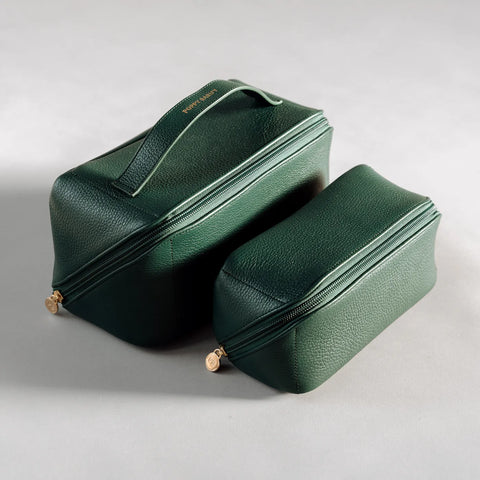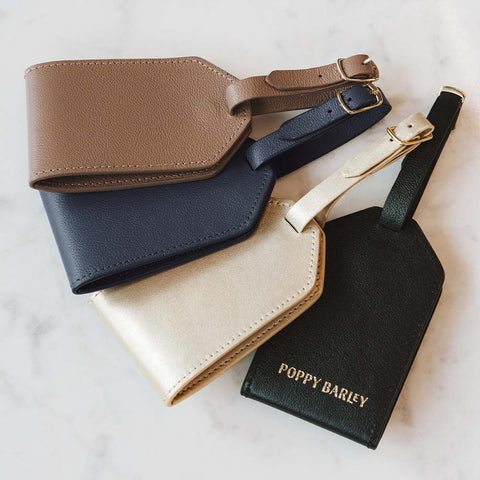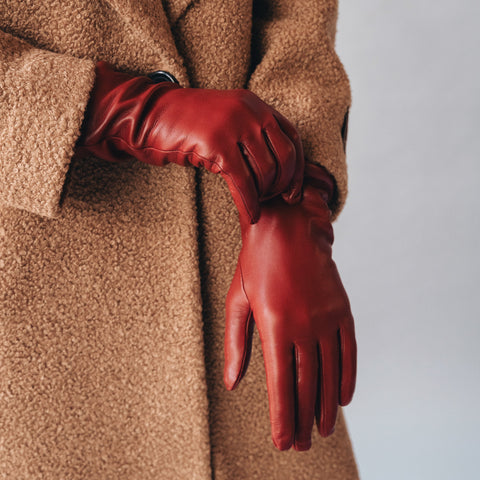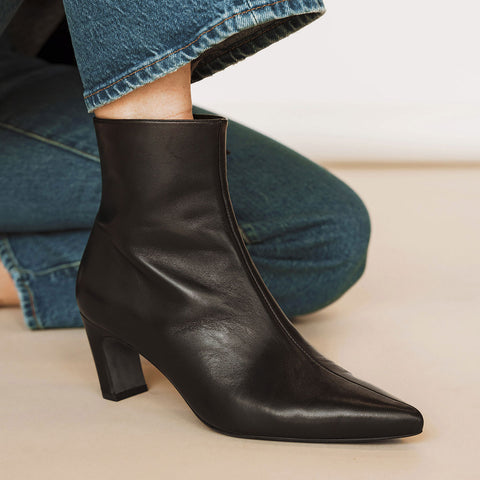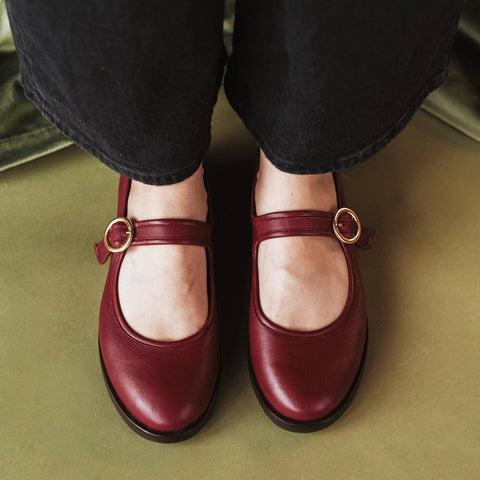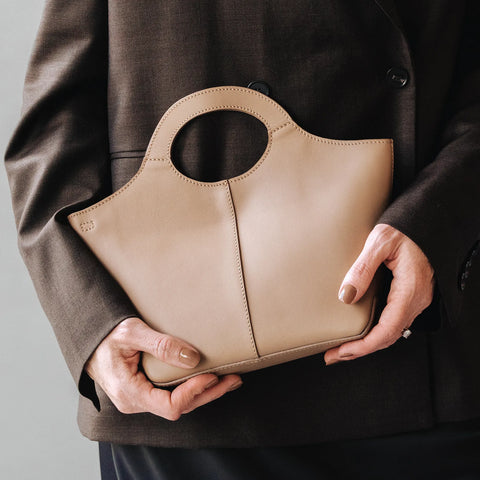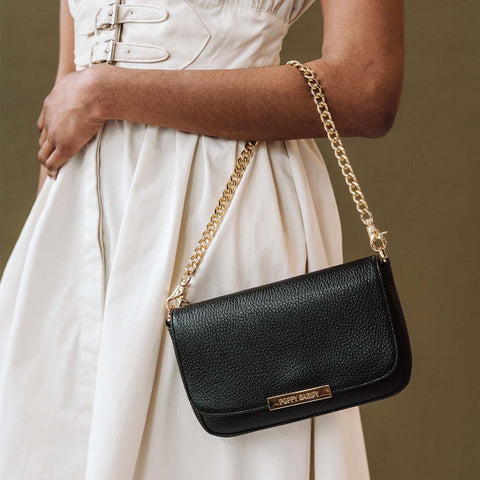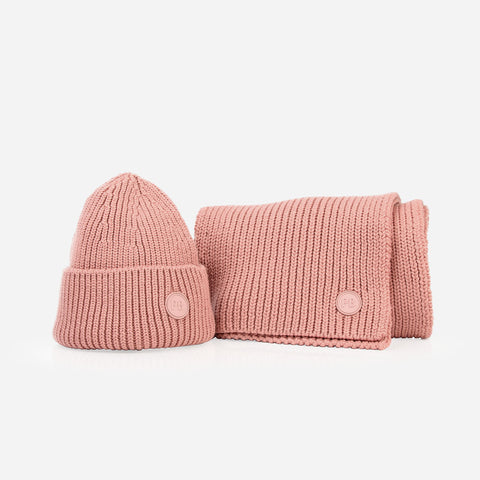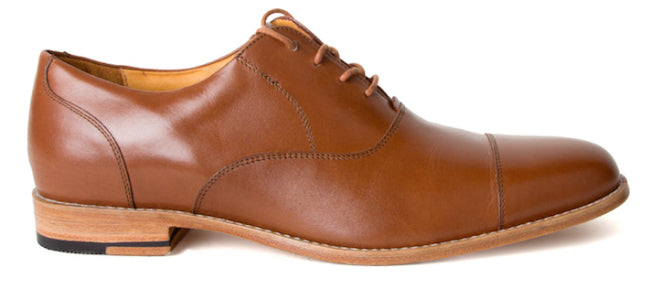
If you’re a guy and you reach for a pair of shoes for your cousin Ben’s wedding or that interview for the job you’ve wanted forever, chances are you’re reaching for a pair of Oxfords—even if you’ve only ever heard of the word when it refers to the university and/or the comma. Oxfords are distinguished by their "closed" lacing, which means that their eyelet tabs are stitched underneath the vamp (i.e., the top) of the shoe so that they aren’t visible. In contrast, the Derby, the Oxford's closely-related sibling, features "open" lacing, which means that their eyelet tabs are stitched on top of the shoe's vamp. The image below illustrates the difference between closed and open lacing using the Edmonton Oxford and Jasper Derby models from our men's collection.
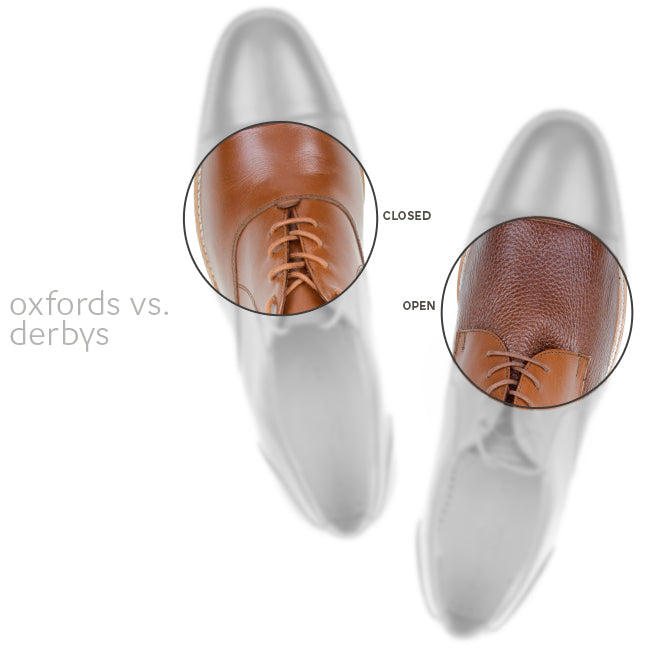
Closed lacing produces a sleeker appearance and the effect that, especially when laced and worn, the Oxford shoe is constructed from one entire piece of leather instead of several smaller ones, which is much more apparent on a Derby. Once an Oxford shoe has been worn in, only the tip of the tongue should be visible at the top end. But where did the Oxford come from? There are two competing origin stories: one tale explains that the Oxford evolved from a style of boot that used to be made with side slits, slits which with time made their way to the front of the boot and eventually turned into laces. These boots eventually were shortened into a shoe, and this new style became popular with the students at Oxford University in the late 1800s, who had tired of the fussiness of boots. The second theory claims that the Oxford originated in Scotland, where it’s commonly referred to as the “Balmoral”, in reference to the castle of the same name. No matter which is true, Oxfords have existed in some form since as early as the mid-1600s, and let’s appreciate the irony that what is today considered the most formal of men’s shoes is likely the product of rebellious college kids hundreds of years ago.  Traditionally, an Oxford’s toe cap is unadorned, like the one on our Edmonton Oxford is, or it can be punched with medallions in a variety of designs. Oxfords can even be embellished with elaborate broguing (i.e., those decorative little holes you often see on shoes). This means that, because of its closed lacing system, our Toronto Brogue is also an Oxford—but Toronto Brogue is a much catchier name, isn’t it?
Traditionally, an Oxford’s toe cap is unadorned, like the one on our Edmonton Oxford is, or it can be punched with medallions in a variety of designs. Oxfords can even be embellished with elaborate broguing (i.e., those decorative little holes you often see on shoes). This means that, because of its closed lacing system, our Toronto Brogue is also an Oxford—but Toronto Brogue is a much catchier name, isn’t it?
